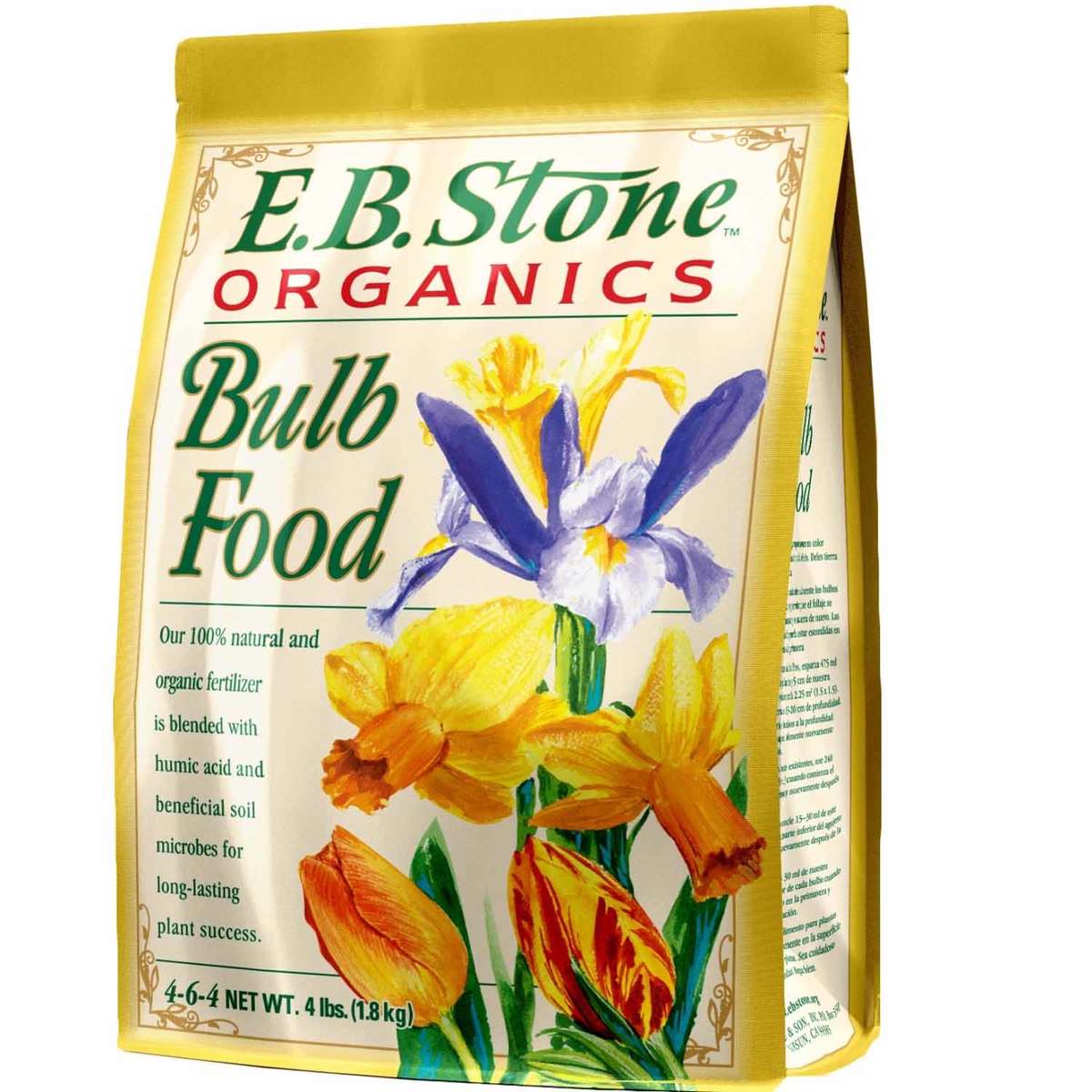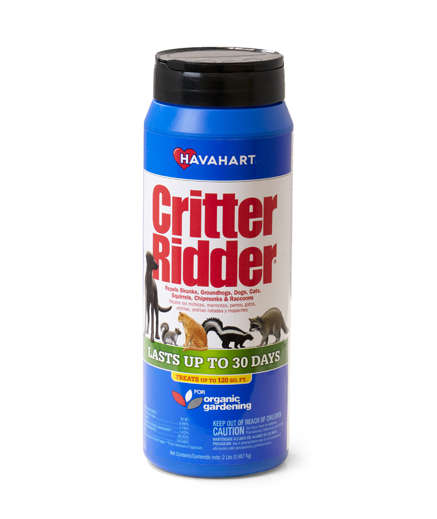
How to Grow Bulbs
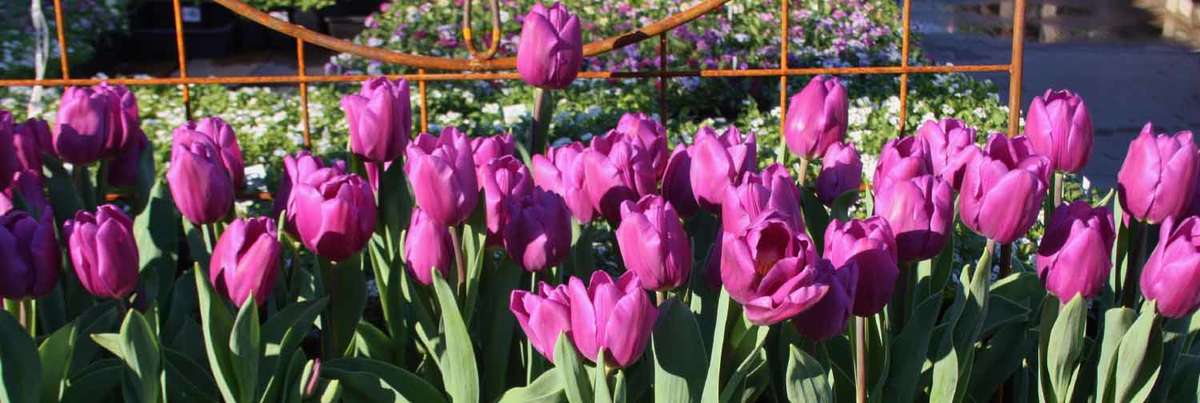
Bulb Planting and Care Tips from Brown Thumb Mama
by Pam Farley, BrownThumbMama.com
One of the first signs of spring is when the crocus, daffodils, tulips, and hyacinths start blooming. These cheery bursts of color are just what we need after a cold, wet winter!
Green Acres Nursery & Supply takes pride in having one of the largest selections
of fall bulbs in the Sacramento area. They stock more than 200 different varieties and mixes, including daffodils, tulips, crocus, hyacinths, and iris, plus onions and garlic. Yep, you can grow these grocery staples in your garden right along with your flowers.
Here’s everything you need to know about planting fall bulbs in Sacramento for beautiful spring flowers. It’s easy to plant bulbs in your garden, or in a container on your porch or patio with these important tips.
One of the first signs of spring is when the crocus, daffodils, tulips, and hyacinths start blooming. These cheery bursts of color are just what we need after a cold, wet winter!
Green Acres Nursery & Supply takes pride in having one of the largest selections
of fall bulbs in the Sacramento area. They stock more than 200 different varieties and mixes, including daffodils, tulips, crocus, hyacinths, and iris, plus onions and garlic. Yep, you can grow these grocery staples in your garden right along with your flowers.
Here’s everything you need to know about planting fall bulbs in Sacramento for beautiful spring flowers. It’s easy to plant bulbs in your garden, or in a container on your porch or patio with these important tips.
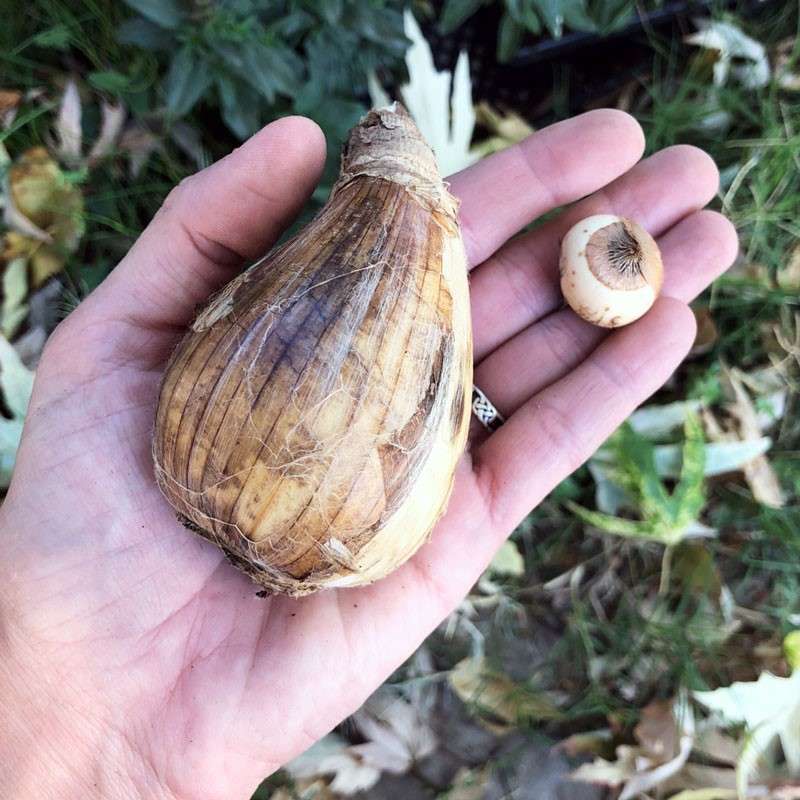
What Is A Bulb?
Bulbs are sort of like little plant batteries. They store up energy from one year to the next, and once planted, will grow year after year. Bulbs come in lots of different sizes, from tiny crocus bulbs to tulips and daffodils, to giant bulbs like amaryllis (naked ladies).
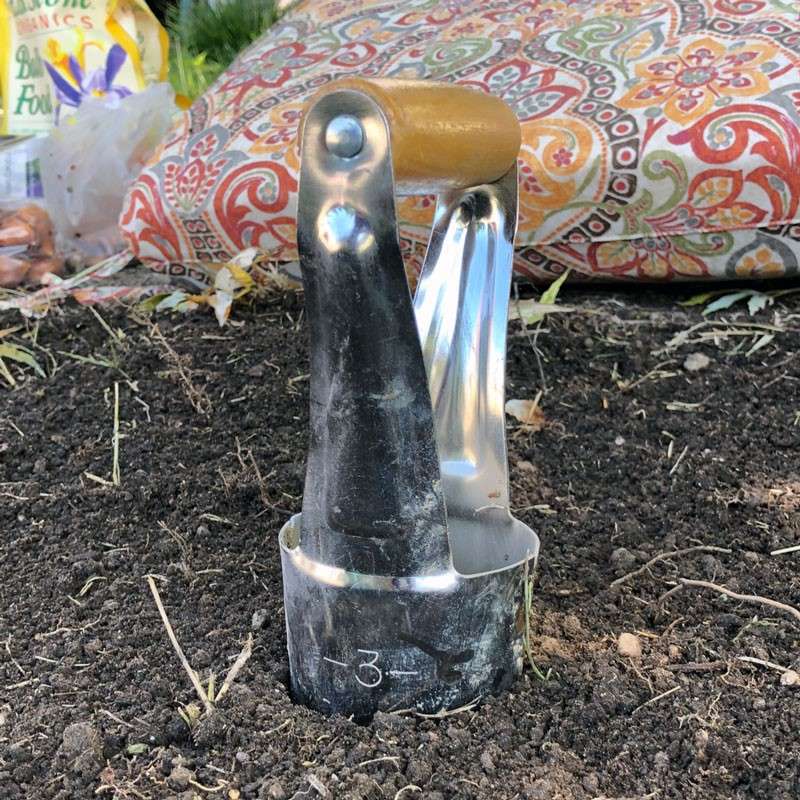
Planting & Spacing
Plant bulbs starting in September, so they can grow strong roots over the winter.
Tip: Certain bulbs, such as hyacinth and tulip, need a period of cold temperatures to encourage bloom. Put them in the refrigerator in a paper bag, away from fruits and vegetables, for six weeks before planting. Plant hyacinth bulbs in October and November. Plant tulip bulbs in December and January.
I like to choose some bulbs that are shorter (like crocus) and some that are taller (like daffodils and tulips). The varying heights and different colors add visual interest in my garden. Not sure what bulbs are right for your garden? Ask the knowledgeable staff for ideas and suggestions. They’re always able to help me pick out the right plants and products for exactly what I need.
While you can line up your bulbs in rows or in single file in a border, I find that it’s more natural-looking to plant them in clusters. It’s also less obvious if a bulb or two is missing when they’re planted in a group.
If you’re planting onions or garlic, space them about four inches apart so the bulbs have room to grow. Get more information about planting garlic.
Tip: Certain bulbs, such as hyacinth and tulip, need a period of cold temperatures to encourage bloom. Put them in the refrigerator in a paper bag, away from fruits and vegetables, for six weeks before planting. Plant hyacinth bulbs in October and November. Plant tulip bulbs in December and January.
I like to choose some bulbs that are shorter (like crocus) and some that are taller (like daffodils and tulips). The varying heights and different colors add visual interest in my garden. Not sure what bulbs are right for your garden? Ask the knowledgeable staff for ideas and suggestions. They’re always able to help me pick out the right plants and products for exactly what I need.
While you can line up your bulbs in rows or in single file in a border, I find that it’s more natural-looking to plant them in clusters. It’s also less obvious if a bulb or two is missing when they’re planted in a group.
If you’re planting onions or garlic, space them about four inches apart so the bulbs have room to grow. Get more information about planting garlic.
Dig, Drop, & Cover
Bulbs are so easy to plant—think dig, drop, cover:
- Dig a hole that’s twice as deep as the bulb (so if you stacked two bulbs in the hole, the top of the top bulb is even with the surface of the soil). You can use a bulb planting tool like this, or dig a large area with a shovel.
- In the bottom of the hole, sprinkle a bit of E.B. Stone™ Organics Bulb Food. This gives your bulbs added nutrients for better growth.
- Drop your bulb in the hole right-side-up. The top is usually pointy and the root end has a circular scar, like the base of an onion. Sometimes it’s hard to tell on the tiny bulbs, like crocus. Planting them upside-down won’t stop them from growing, but it may weaken them or slow their growth.
- Cover with soil and give a gentle soak of water. I like to use my Dramm Rain Wand instead of a sprinkler, because I can direct the water exactly where it needs to go, without wasting water.
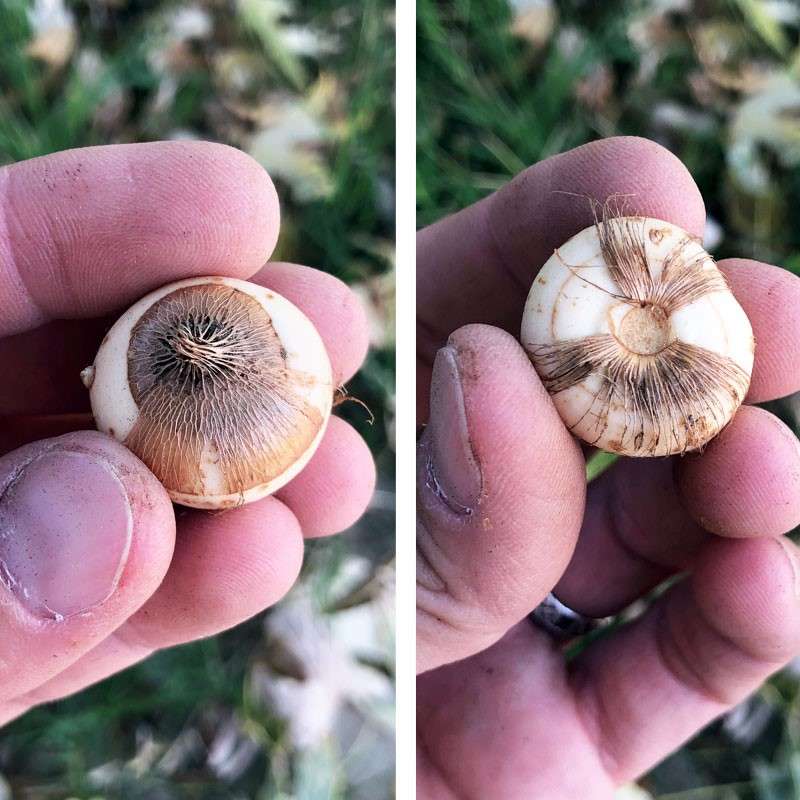
Sun, Water, Soil
Most bulbs like full sun or partial shade, and aren’t too particular about soil quality. The most important part is that the soil must have good drainage. If the bulbs sit in water or wet soil for too long, they could rot.
We usually get enough rain here in Sacramento to keep bulbs happy, so you shouldn’t need to water your bulbs once they’re planted. If we don’t have any rain for three weeks or so, give your bulbs a slow, gentle soak.
We usually get enough rain here in Sacramento to keep bulbs happy, so you shouldn’t need to water your bulbs once they’re planted. If we don’t have any rain for three weeks or so, give your bulbs a slow, gentle soak.
Pests & Diseases
Unfortunately, squirrels and other critters like bulbs almost as much as we do. They don’t like the flowers, though—they like to eat the bulbs. This can be so frustrating, especially if you don’t realize it has happened until you see a bare spot in your garden in the spring. There are a few ways to keep your bulbs safe—some for use during planting, and some that are used afterward.
While planting, put your bulbs in a mesh cage that’s designed specifically to be rodent-proof. The roots and stems fit through the mesh just fine, but the critters can’t chew threw it or fit through the holes. This works well for underground critters like gophers or voles. You can also plant bulbs that have a bitter taste, like daffodils or allium.
Squirrels and chipmunks like to dig from the surface, so if you’re battling them, mesh is the answer. I like to use plastic poultry fencing and lay it over the surface of the soil. Then you can cover it with mulch or plant some annuals to disguise it.
After planting, you can use repellents to keep animals away from your garden. Green Acres Nursery & Supply carries Havahart® Critter Ridder and Bonide® Repels-All® Animal Repellent, which you apply to the surface of the soil.
While planting, put your bulbs in a mesh cage that’s designed specifically to be rodent-proof. The roots and stems fit through the mesh just fine, but the critters can’t chew threw it or fit through the holes. This works well for underground critters like gophers or voles. You can also plant bulbs that have a bitter taste, like daffodils or allium.
Squirrels and chipmunks like to dig from the surface, so if you’re battling them, mesh is the answer. I like to use plastic poultry fencing and lay it over the surface of the soil. Then you can cover it with mulch or plant some annuals to disguise it.
After planting, you can use repellents to keep animals away from your garden. Green Acres Nursery & Supply carries Havahart® Critter Ridder and Bonide® Repels-All® Animal Repellent, which you apply to the surface of the soil.
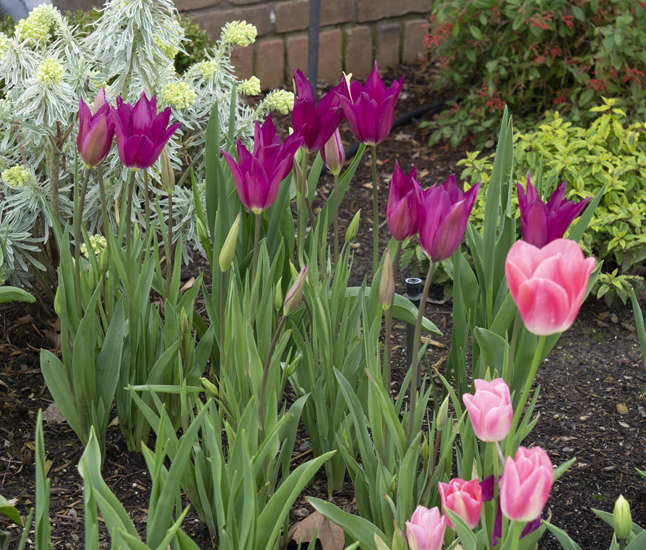
Spring Care for Bulbs
After your bulbs have bloomed, resist the urge to trim back the leaves. The plant uses this time to “recharge” the bulb via photosynthesis. Apply another dose of E.B. Stone Organics™ Bulb Food in the spring, and leave the leaves alone until they turn brown. Your bulbs will continue to grow and bloom each year, filling your garden with color!

